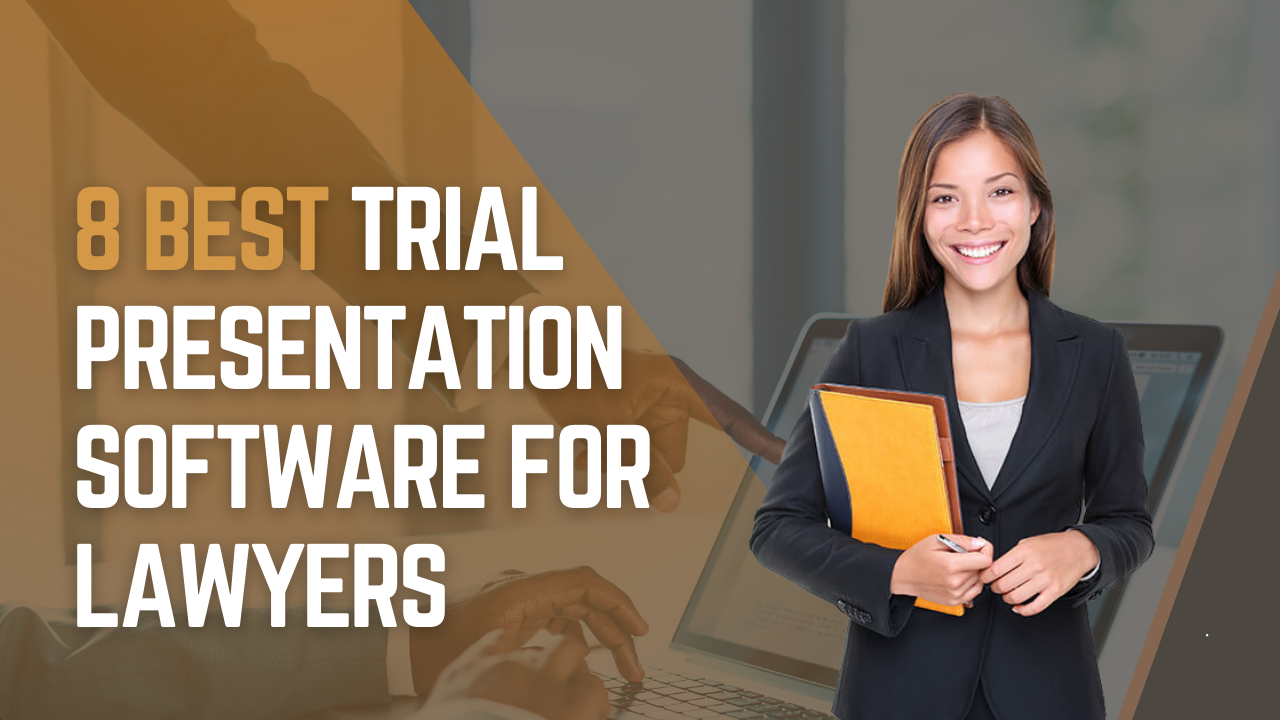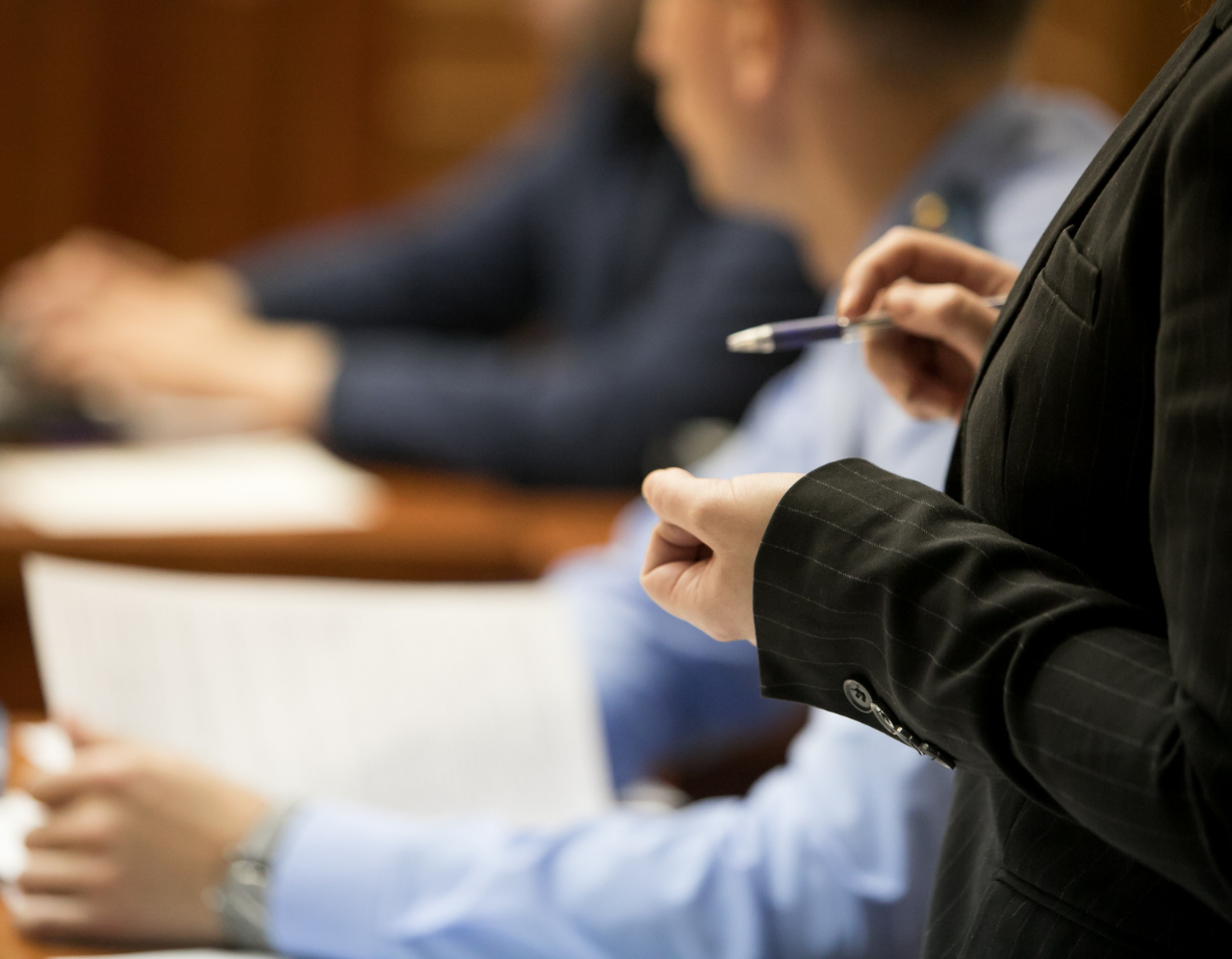Navigating the Intricacies of Trial Presentations: Tips for Seamless Distribution and Compelling Debates
In the world of lawful procedures, the art of trial discussion stands as a vital component of success. As attorneys browse the complex internet of court characteristics, the capability to seamlessly provide debates and evidence while astounding the jury's focus becomes vital. The complexities intrinsic in test presentations call for a delicate balance of ability, finesse, and method. By developing strategies that ensure a refined distribution and crafting compelling arguments that resonate with the target market, lawful professionals can substantially boost their campaigning for. In a world where persuasion preponderates, grasping the details of test presentations is not merely a choice however a need for those looking for to dominate in the courtroom.

Understanding Trial Objectives
To successfully browse a trial, it is important to have a clear understanding of the purposes that require to be achieved. Before entering the court, lawful groups have to specify their objectives and wanted outcomes. These objectives serve as directing principles throughout the trial, shaping methods and affecting decision-making procedures.
Recognizing test purposes entails a thorough evaluation of the instance, lawful criteria, and the customer's finest rate of interests. Trial Presentations. It needs a careful exam of the realities, determining crucial problems, and expecting prospective difficulties. By setting measurable and particular goals, lawyers can tailor their disagreements and presentations to straighten with the wanted outcomes
Moreover, a clear grip of test goals enables legal teams to prioritize evidence, witnesses, and legal arguments efficiently. It enables the growth of a meaningful story that reverberates with the discretionary, strengthening the general situation presentation.

Organizing Proof Efficiently
Having a clear understanding of test goals lays the foundation for arranging evidence properly in legal process. By lining up the presentation of proof with the desired results of the trial, lawful teams can reinforce their arguments and boost their persuasiveness.
Another crucial element in arranging evidence successfully is establishing a rational flow. Providing proof in a sequential and meaningful fashion can assist construct a compelling story that sustains the legal disagreements being made. Additionally, utilizing aesthetic aids such as charts, graphs, or timelines can further improve the company of evidence and assist in clearing up intricate connections or series of occasions.
Additionally, making sure that all proof presented is pertinent and admissible to the case is crucial. Unnecessary or inadmissible evidence can interfere with the stamina of the debate and possibly damage the reliability of the providing celebration. Consequently, a meticulous review and selection process ought to be carried out to include only the most lawfully sound and impactful evidence in the trial presentation.
Crafting Convincing Stories
Crafting engaging stories plays a pivotal role in presenting persuasive arguments throughout legal process. A well-crafted story has the power to astound the target market, stimulate emotions, and ultimately guide the decision in favor of the presenting event. When creating a narrative for a trial presentation, it is crucial to establish a clear story that highlights bottom lines and links them in a coherent way. Begin by laying out the realities of the instance in an engaging fashion, making sure that the series of occasions is simple to follow. Introduce personalities properly, giving history info that assists the audience recognize their actions and inspirations. In addition, integrating vibrant descriptions and interesting language can bring the story to life, making it much home more memorable for the court and court. By weaving together proof, statement, and legal arguments right into a cohesive and persuasive story, attorneys can effectively support for their clients and increase the chance of a positive outcome in the court room.
Mastering Aesthetic Help
Effective use aesthetic aids is essential to boosting the impact and clearness of test presentations. Visual aids, when made use of purposefully, have the power to simplify complicated details, enhance essential factors, and leave a long-term impression on the discretionary. To understand aesthetic help in test discussions, it is essential to make sure that they are clear, succinct, and pertinent to the arguments being made.
When incorporating visual aids, such as charts, charts, timelines, or pictures, right into a test discussion, it is vital to maintain them aesthetically appealing yet specialist. The visuals need to complement the spoken debates, providing a visual representation of the information being discussed without overwhelming the audience with unneeded information.
In addition, exercising with the aesthetic help in advance is essential to guarantee a seamless delivery throughout the test. Acquainting oneself with the material, shifts, and timings of each visual aid can help keep the circulation of the presentation and avoid technical problems that might develop.
Providing Impactful Closing Disagreements
A compelling closing debate works as the conclusion of a trial discussion, enveloping the core narrative and persuading click to read more the court and court towards a favorable choice. To provide an impactful closing argument, it is crucial to succinctly summarize bottom lines, highlight the toughness of your situation, and deal with any weak points in a tactical manner. Begin by detailing the main debates that sustain your client's placement, emphasizing why the proof provided throughout the test supports your story. It is necessary to create a feeling of cohesion and clarity, leading the discretionary in the direction of the wanted conclusion.
Furthermore, integrating psychological allure can better strengthen your closing argument. Ultimately, a well-crafted closing argument ought to leave an enduring perception, engaging the see this site court and jury to rule in your client's favor.
Final Thought
To conclude, grasping trial presentations includes comprehending goals, organizing evidence, crafting narratives, utilizing aesthetic help, and supplying impactful closing debates. By carrying out these methods properly, legal representatives can provide their situation perfectly and make compelling arguments in the courtroom. It is crucial to browse the intricacies of test presentations with precision and ability to accomplish success in legal proceedings.
By aligning the discussion of proof with the desired outcomes of the test, legal teams can reinforce their debates and improve their persuasiveness (Trial Presentations). To master aesthetic help in trial discussions, it is critical to make sure that they are clear, concise, and relevant to the debates being made
An engaging closing argument offers as the conclusion of a trial discussion, encapsulating the core narrative and encouraging the judge and court towards a favorable choice. Begin by detailing the main debates that support your customer's setting, emphasizing why the proof presented throughout the test supports your story.In conclusion, understanding trial discussions includes recognizing goals, arranging evidence, crafting stories, utilizing aesthetic aids, and providing impactful closing arguments.